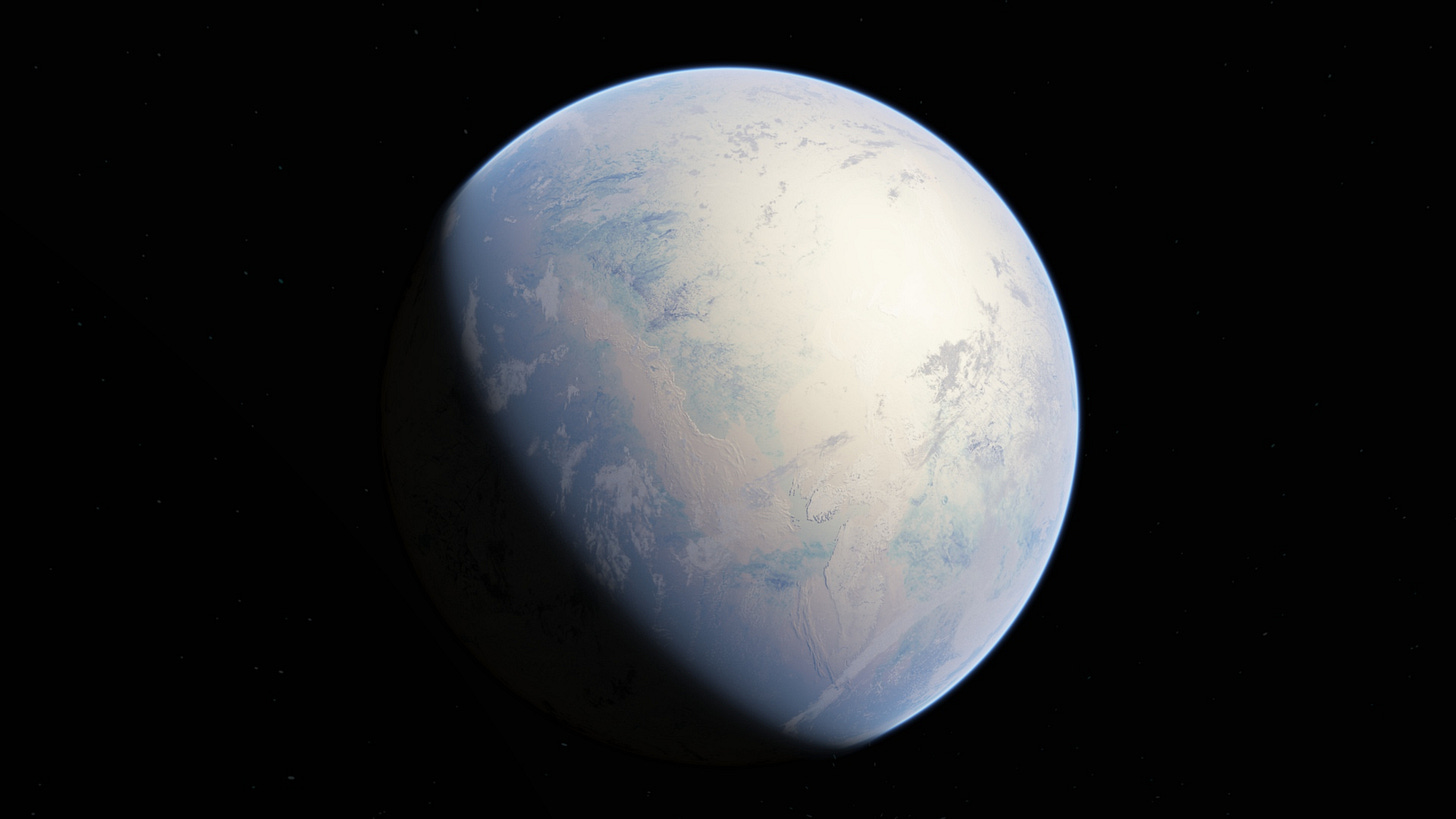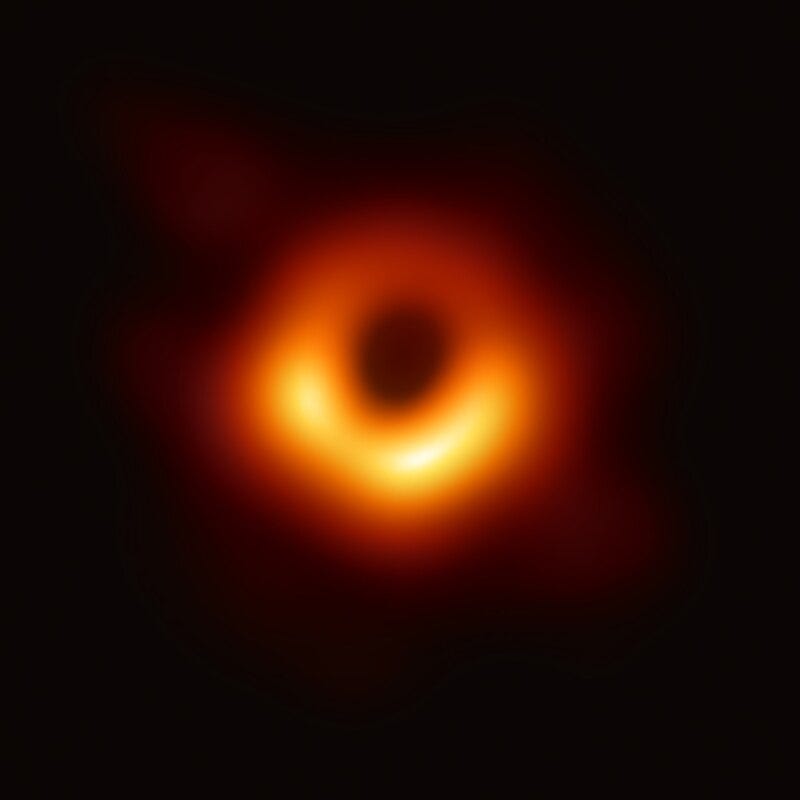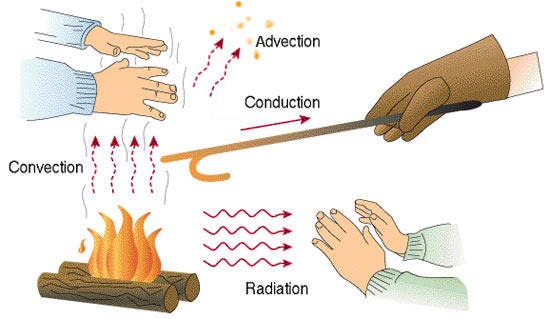Paradoxes: Open to close, close to open!
Cosmic Puzzles: Rocketing Through Space Paradoxes
Plato: If your next statement is true, I will allow you to cross, but if it is false, I will throw you in the water.
Socrates: You will throw me in the water.
Whatever Plato does, he will seemingly break his promise.
In the vast expanse of space and the intricate world of space and rocket science, some of the most intriguing and puzzling mysteries are hidden in plain sight. These paradoxes, which appear to defy our conventional understanding, challenge scientists and astronomers to question the very fabric of the cosmos.
In this article, we will explore a collection of space-related paradoxes, each with its unique perplexity that sparks curiosity and invites us to ponder the wonders of the universe.
Olber’s paradox
If the universe was infinite and static, then every line of sight from your eye to the sky must end at the surface of a star and hence the night sky should be completely illuminated and very bright. This contradicts the observed darkness and non-uniformity of the night.
The observed darkness of the night sky is one of the important supporting evidence for the dynamic expanding universe, one of the tenets of the Big Bang model.
Heat death paradox
To understand this let’s start with our common observation.
If two objects at different temperatures are brought together (not necessarily by direct touch), then after “some time” both objects will come at a common temperature. The hotter object will cool down and the colder object will heat up.
Now, the paradox, as presented by Lord Kelvin is —
Assuming that the universe is eternal, a question arises: How is it that thermodynamic equilibrium has not already been achieved?
This argument uses thermodynamics to show the impossibility of an infinitely old universe. As per the rules of thermodynamics, when something hot meets something cold, the heat moves from the hot thing to the cold one until they're both at the same temperature. When two things are already the same temperature, they don't make each other hotter or colder.
If the universe had been around forever, stars would have had time to heat up their surroundings, making everything the same temperature. So, either there would be no stars, or everything would be as hot as stars.
Faint young Sun paradox
How can the early Earth have had liquid water if the Sun's output is theorized to have been only 70% as intense as it is today?

The paradox centers around the following key observations and questions:
The Early Sun: In the early stages of its life, the Sun was much fainter and less luminous than it is today. This is because stars, including our Sun, go through changes as they age. When the Sun was young, it emitted only about 70-75% of the energy it does now.
Liquid Water: For life as we know it to exist on Earth, liquid water is essential. However, given the Sun's faintness during its youth, the Earth should have been completely frozen. The faint young Sun would have been insufficient to keep the planet warm enough for liquid water to sustain, which is a crucial ingredient for life.
Black hole information paradox

This paradox asks what happens to the information about the particles that fall into a black hole.
According to the laws of quantum mechanics, information cannot be destroyed. However, black holes are thought to evaporate over time, and when they do, they release only radiation.
So, where does the information about the fallen particles go?
The lithium paradox
This paradox asks why there is less lithium in the universe than expected.
Lithium is one of the lightest elements, and it is thought to have been created in large quantities during the Big Bang. However, astronomers have observed that there is much less lithium in the universe than expected.
In fact, the most widely accepted models of the Big Bang suggest that three times as much primordial lithium, in particular lithium-7, should exist. This contrasts with the observed abundance of isotopes of hydrogen (1H and 2H) and helium (3He and 4He) that are consistent with predictions.
So, where did all the lithium go?
While many solutions have been proposed from time to time for all the above paradoxes, we invite you to ponder and give some time thinking your own solutions for these. Who knows you may stumble upon another paradox!
Leaving you with another paradox not related to space.
Tea leaf paradox: When a cup of tea is stirred, the leaves assemble in the center, even though centrifugal force pushes them outward.
Why? Try to answer without using Google! Share your thoughts in the comments. :)





